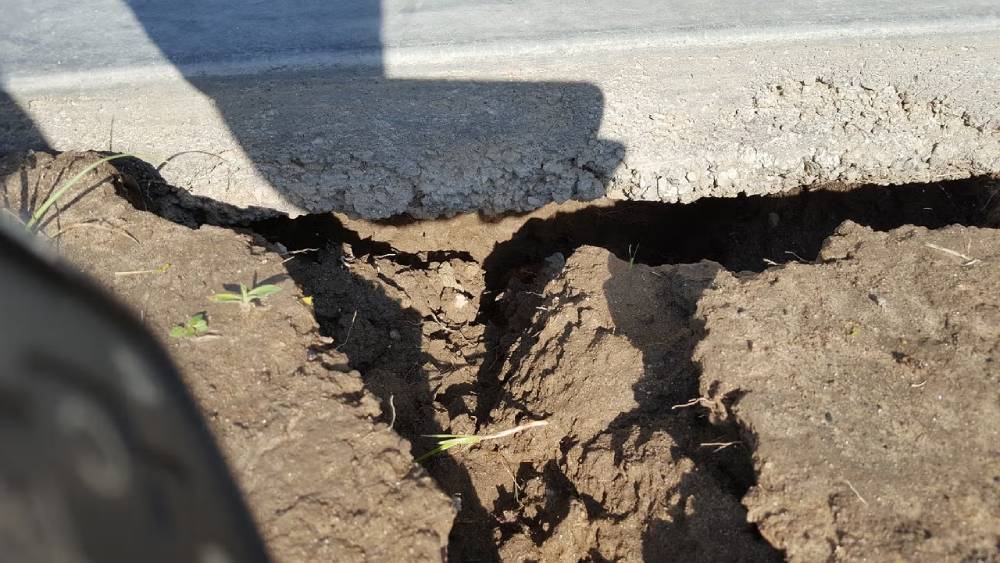The Science Blog

The Science of Artificial Rain: Can We Control the Weather?
Controlling weather patterns used to be science fiction. Now, it’s becoming a real possibility. Climate change brings big challenges. So, there’s growing interest in geoengineering techniques. One such technique, cloud seeding, stands at the forefront of this scientific endeavour. But what exactly is cloud seeding, and can it truly offer a viable solution for climate manipulation? In this blog post, we explore artificial rain. We look at how it works and what it could mean for weather control.
Cloud seeding is a type of geoengineering. It changes clouds on purpose to increase rainfall. This technique has been developed since the mid-20th century. It aims to boost rainfall in drought-hit areas. It also helps reduce the effects of extreme weather. The global climate crisis is getting worse. Some people hope we can control weather patterns artificially. However, this idea also brings controversy. This study looks at artificial rain. It aims to explain cloud seeding and how it might help control the climate.
Key Benefits / Why It Matters

Cloud seeding offers a potential solution to key issues caused by climate change. By understanding its benefits, we can better appreciate its potential impact on our environment and society.
Mitigating Drought Conditions
One of the most compelling reasons for pursuing cloud seeding is its potential to alleviate drought conditions. In areas facing long dry spells, adding rainfall artificially can help agriculture, ecosystems, and communities that depend on water. In the UK, some areas struggle with water shortages. Cloud seeding could help refill reservoirs and boost farming.
Enhancing Water Security
As the world’s population grows, a stable and reliable water supply is more important than ever. Cloud seeding can help improve water security. It increases rainfall in areas that need water. Countries like China and the United Arab Emirates use this technique. It shows promise in improving water availability in areas with limited resources.
Reducing the Impact of Extreme Weather Events
Climate change has made extreme weather events more common and severe. We see this in hurricanes, floods, and heatwaves. Cloud seeding can help lessen the effects of these events. It does this by changing weather patterns in a planned way. For example, controlling rainfall can help lessen droughts and better manage flood risks.
Supporting Agricultural Sustainability
Weather greatly affects agriculture. Unpredictable climate patterns can harm crop yields. Cloud seeding helps protect against bad weather. It can create steady rainfall and support farming sustainability. This, in turn, contributes to food security and economic stability in regions heavily reliant on agriculture.
Step-by-Step Guide / Actionable Insights

Understanding how cloud seeding works is essential to comprehending its potential and limitations. Here, we break down the cloud seeding process and the science behind it.
The Basics of Cloud Seeding
Cloud seeding involves the introduction of specific substances into clouds to stimulate precipitation. Cloud-seeding agents are substances like silver iodide, potassium iodide, and sodium chloride. These agents serve as nuclei around which water droplets can form, ultimately leading to increased rainfall.
The Process of Cloud Seeding
- Identifying Suitable Clouds: The first step in cloud seeding is identifying clouds that are conducive to seeding. Not all clouds are suitable for this process, as certain conditions, such as temperature and humidity, must be met for seeding to be effective.
- Dispersing Seeding Agents: When suitable clouds are found, we spread seeding agents into the air. This can be achieved through various methods, including aircraft, rockets, or ground-based generators. The chosen method depends on factors such as the type of cloud and the desired outcome.
- Nucleation and Precipitation Formation: The seeding agents serve as nuclei. They help water droplets come together around them. As these droplets grow in size, they eventually become heavy enough to fall as precipitation. This process is known as nucleation and is central to the success of cloud seeding.
- Monitoring and Evaluation: After seeding, meteorologists watch the weather closely. They check how well the intervention is working. This means looking at rainfall data, cloud behaviour, and weather conditions. The goal is to see how cloud seeding affects precipitation levels.
Case Studies and Real-World Applications
Several countries have implemented cloud seeding programmes with varying degrees of success. China has led in cloud seeding. They used this method to boost rainfall during key events, like the 2008 Beijing Olympics. The United Arab Emirates has also invested a lot in cloud seeding. This helps tackle water scarcity issues.
Additional Expert Tips & Common Mistakes to Avoid
Cloud seeding shows promise, but we must use it carefully and know its limits.
Best Practices for Effective Cloud Seeding
- Weather Analysis: To succeed in cloud seeding, you need to know local weather patterns and atmospheric conditions well. Working with meteorologists and climate experts is key. It helps ensure seeding efforts are focused and effective.
- Ethical and Environmental Considerations: We must think about the ethical and environmental effects of cloud seeding. This includes assessing potential impacts on ecosystems, water resources, and local communities. Clear communication with stakeholders is key. It helps address concerns and build public trust.
Common Mistakes and Misconceptions
- Overreliance on Cloud Seeding: Cloud seeding can boost rainfall, but it isn’t a cure-all for weather issues. Relying too much on this technique without fixing climate issues can cause problems.
- Misinterpretation of Results: Evaluating cloud seeding’s effectiveness is complex. Weather patterns are affected by many factors. Misreading data or blaming changes only on cloud seeding can result in wrong conclusions.
Advanced Insights / Expert Recommendations
Integrating Cloud Seeding with Broader Climate Strategies
Integrate cloud seeding into wider climate adaptation and mitigation strategies to maximise its benefits. This combines cloud seeding with geoengineering methods. For example, it includes carbon capture and storage. This approach helps tackle the many challenges of climate change.
Investing in Research and Innovation
Ongoing research and innovation are essential to advancing the science of cloud seeding. This involves finding new seeding agents, refining how we deliver them, and improving our predictive models. These steps will boost the accuracy and effectiveness of cloud seeding efforts.
The Future of Artificial Rain: Hope or Hype?

In conclusion, artificial rain from cloud seeding shows great potential. It can help tackle important issues caused by climate change. Cloud seeding can increase rainfall. This may help reduce droughts, improve water security, and support farming sustainability. It’s important to use this technique carefully. Keep its limits and ethical concerns in mind.
We must explore cloud seeding’s potential. It’s important to include it in climate strategies. Investing in research and innovation is also key. By doing so, we can harness the power of geoengineering to build a more resilient and sustainable future. What are your thoughts on the potential of cloud seeding in addressing climate challenges? Share your insights and join the conversation on this fascinating aspect of climate manipulation.









